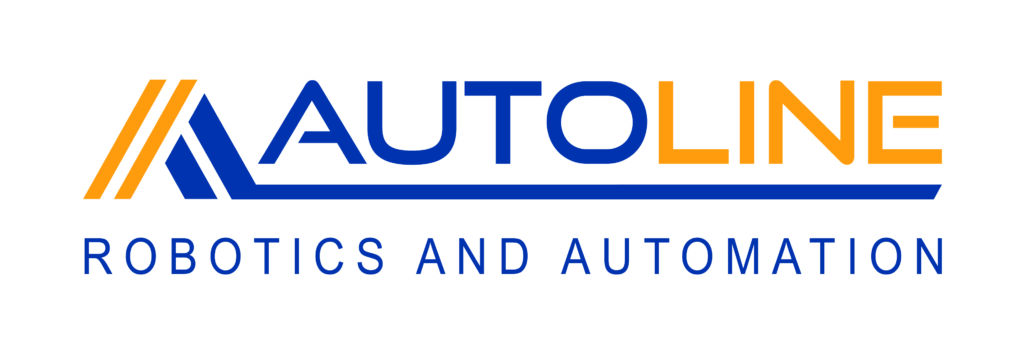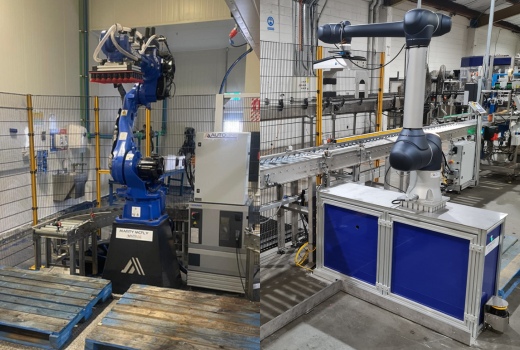Welding is an important process in the manufacturing industry, and the use of robots has greatly improved efficiency and accuracy. When it comes to robot welding, there are two main types of robots: standard robots and through-arm welding robots. While both types of robots have their benefits, through-arm welding robots offer distinct advantages that can make them the preferred choice for many welding applications. In this blog post, we’ll explore the benefits of using a through-arm welding robot versus a standard robot for robot welding.
1. Improved Reach and Maneuverability
Through-arm welding robots have a longer reach and greater maneuverability than standard robots, which allows them to access difficult-to-reach areas and perform welding tasks with greater precision. The through-arm design also allows for better access to workpieces and can help to reduce the need for repositioning or rotating parts during welding, which can save time and improve efficiency.
2. Greater Control and Consistency
Through-arm welding robots offer greater control and consistency in the welding process, thanks to their advanced sensors and software. The robot arm can be programmed to maintain a precise distance from the workpiece, ensuring a consistent weld quality and minimizing the risk of defects or errors. The through-arm design also allows for better control of the welding torch, which can help to reduce spatter and improve weld quality.
3. Reduced Downtime and Maintenance
Through-arm welding robots are designed for high-speed, high-volume welding, which can help to reduce downtime and increase productivity. These robots are also designed with durability in mind, with features like reinforced arms and rugged components that can withstand the demands of a busy welding environment. Additionally, through-arm welding robots often require less maintenance than standard robots, thanks to their simplified design and fewer moving parts.
4. Improved Safety
Through-arm welding robots are designed with safety in mind, with features like advanced sensors and software that can detect potential hazards and take corrective action. These robots can also be programmed to work in close proximity to human workers, without posing a safety risk. Additionally, through-arm welding robots can help to reduce the risk of ergonomic injuries, since they can perform welding tasks in difficult-to-reach areas without requiring workers to assume awkward positions.
In conclusion, through-arm welding robots offer distinct advantages over standard robots for robot welding. They provide improved reach and maneuverability, greater control and consistency, reduced downtime and maintenance, and improved safety. These benefits make through-arm welding robots an ideal choice for high-speed, high-volume welding applications, where precision, efficiency, and safety are top priorities.





